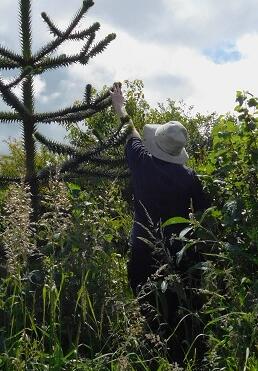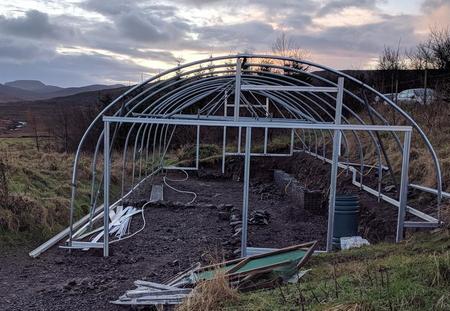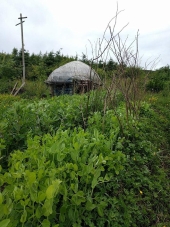

 A graduate scientist turned automotive engineer, currently running a small shop and growing plants on Skye: turning a sheep field into a food forest.
A graduate scientist turned automotive engineer, currently running a small shop and growing plants on Skye: turning a sheep field into a food forest.Obviously some profit will have to be retained by the company to cover overhead. Will such a conversion take a great amount of time and resources, or will it only require to will to see it done? Can it be done at the same time as we shift business 'ownership' over to me, or perhaps just after?



Blake Lenoir wrote: Are there any plants in this modern time that would pull off the restoration of an historic and ancient European garden today?

